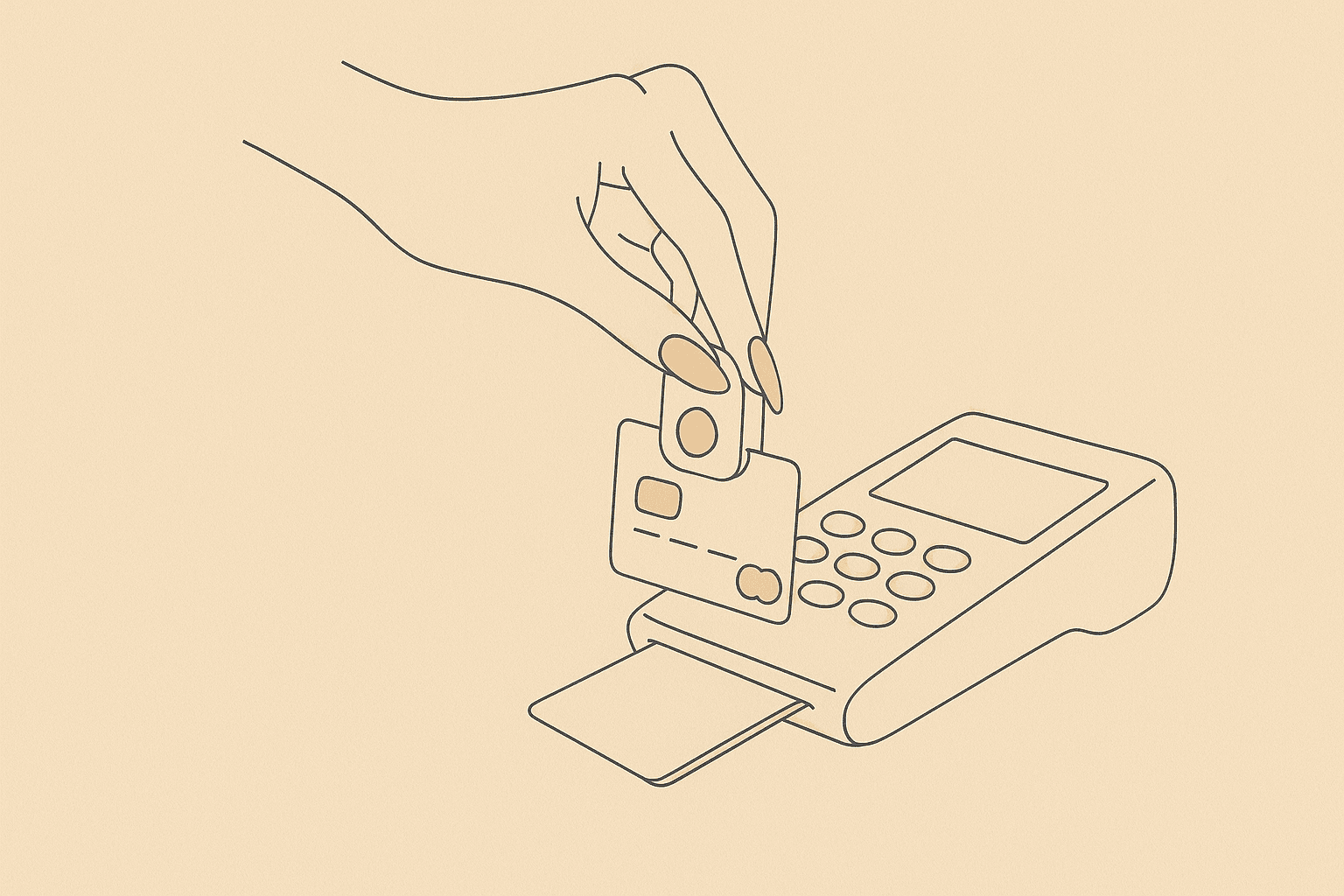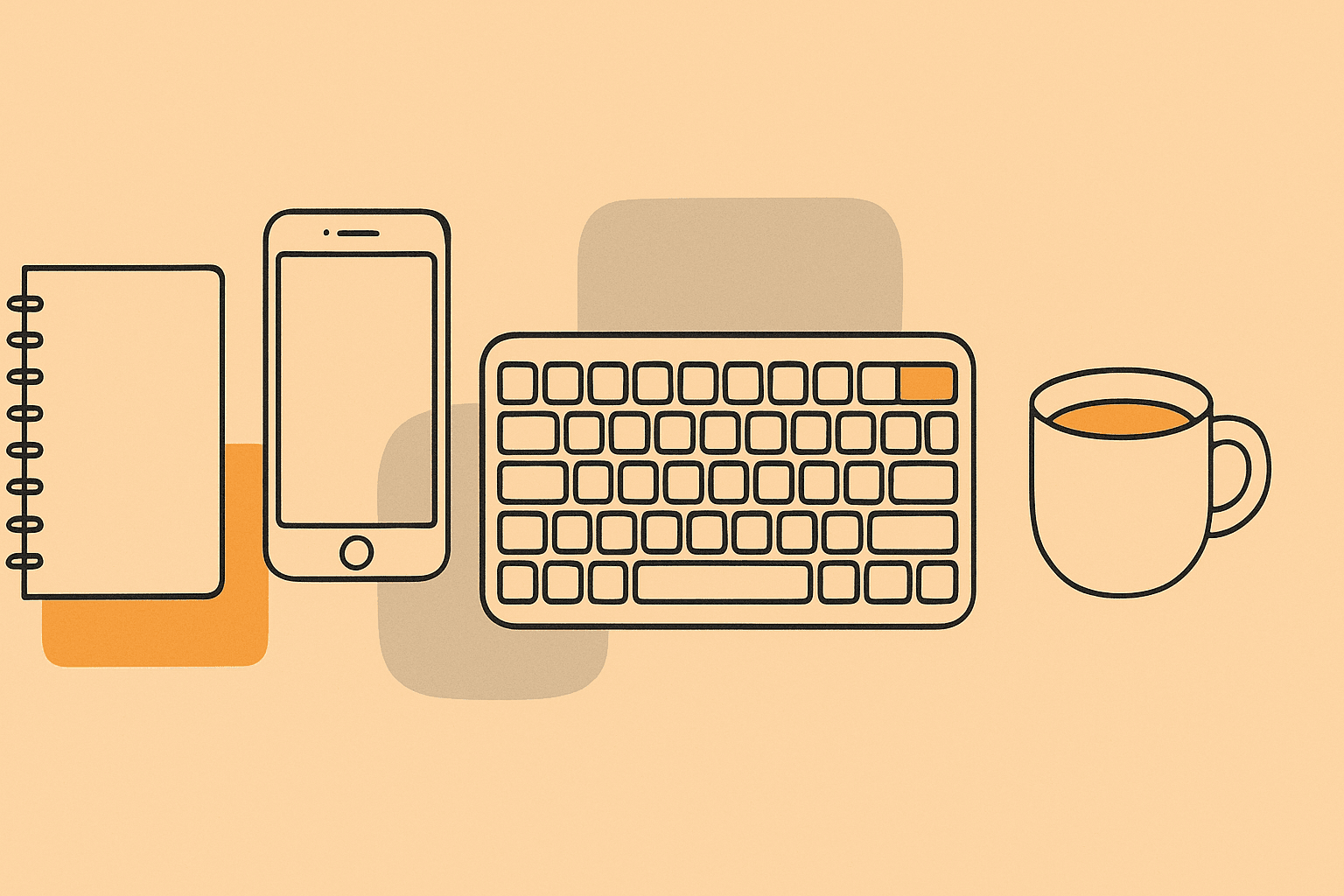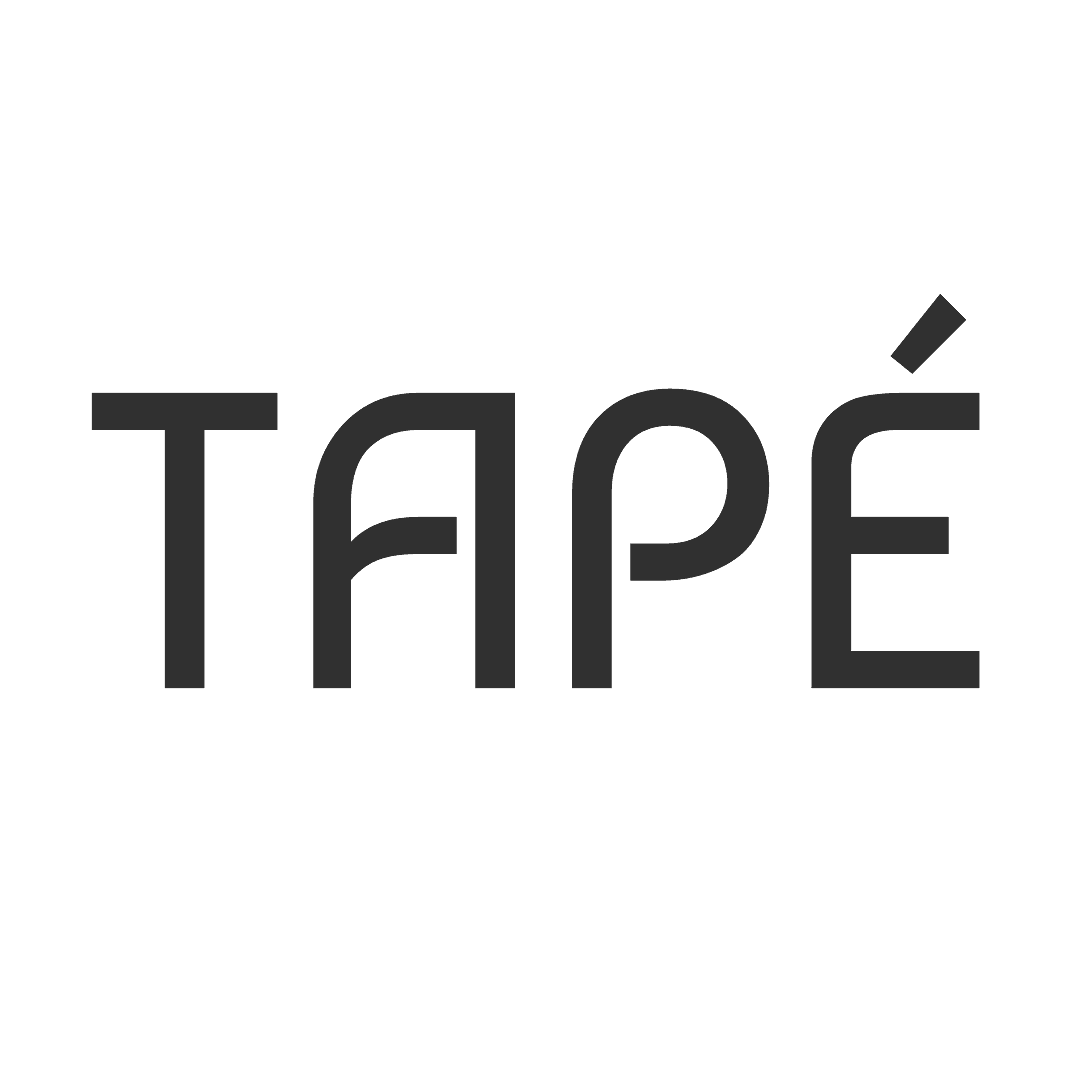The Rise of Nail-Conscious Tech: How Long Nails Are Influencing Product Innovation

When I first grew out my nails, I thought the only adjustments I’d need to make were aesthetic — maybe choose lighter nail polish, be careful opening soda cans. I never imagined that a simple beauty choice would force me to rethink how I interacted with everyday technology.
What I learned, and what more companies are just beginning to realize, is this: long nails aren’t just a personal style statement — they’re a user experience challenge.
A Growing Demographic
More people than ever are embracing longer nails. Whether it’s acrylics, gels, or natural growth, long nails have exploded across age groups, professions, and cultures. Social media, especially TikTok and Instagram, turned intricate nail designs into a new kind of self-expression — one that says, “This is who I am.”
But technology? It didn’t get the memo.
I first felt the gap when I tried to type on my office laptop. My nails clattered, slipped, misfired. Opening my phone with facial recognition wasn’t an issue, but god help me if I needed to use the fingerprint sensor. ATMs, card machines, even tiny “OK” buttons on delivery apps suddenly became awkward little battles.
This wasn’t just me being clumsy. It was a symptom of a larger truth: our tech world was built for short nails, flat fingertips, and standardized assumptions about users.
Everyday Tools, Invisible Barriers
Think about it:
-
Keyboards are designed with shallow travel, favoring fingertip taps over angled strikes.
-
Credit card readers require precise, small-button presses.
-
Phone screens prioritize slim, minimal bezels over touch precision.
-
Laptops feature tiny trackpads that punish you for anything but perfect direct finger pressure.
It’s not that these designs are “bad.” It’s that they assume every user interacts the same way.
Long nails expose the blind spots. And for millions of users, those blind spots aren’t just inconvenient — they’re daily frustrations that make beautiful, expressive choices feel like liabilities.

The First Signs of Change
Thankfully, we’re starting to see early signs that the industry is waking up.
Some smartphone brands are quietly adjusting their touch sensitivity settings to better accommodate longer, angled taps. Payment terminals are exploring larger, more spaced-out buttons. A few tech accessories, like styluses and card holders, are being marketed directly to nail-wearers, acknowledging their unique needs.
But honestly? Most innovation so far has come not from big tech giants, but from smaller brands and independent creators who lived the frustration firsthand.
That’s how products like magnetic card pullers (like the Glittermix Card Helper), nail-friendly touchscreen styluses (like Griply Precision Pen), and portable hygiene tools (like Pfaltzgraf Touch-Free Door Opener) started to appear.
And it’s how TAPÉ developed its first flagship keyboard — Daydream — specifically for long nail users.
A New Generation of Nail-Conscious Products
When I first tried the Daydream keyboard by TAPÉ, it was like night and day. Instead of fighting my own hands, I felt like the technology finally moved with me.
Key travel became deeper, keys spaced slightly wider. Suddenly I wasn’t just “coping” — I was comfortable.
And it wasn’t just typing. Little by little, more “nail-conscious” tools made their way into my daily routine:
-
Glittermix Card Helper to pull out credit cards effortlessly from tight slots.
-
Griply Precision Pen for easier touchscreen tapping and swiping.
-
Pfaltzgraff Door Opener to press public door handles without risking a painful nail bend.
These might sound like small tweaks. But for anyone who’s ever cracked a nail trying to pull a card out of a gas pump — they’re life-changing.

Beauty and Tech: Not Opposites Anymore
One thing I’ve realized is that beauty and technology used to exist in completely different conversations.
Tech was “serious.” Beauty was “superficial.”
But that’s changing.
When millions of users modify their bodies — whether through nails, jewelry, or fashion — and those modifications impact how they interact with products, it becomes a design issue. A user experience issue. A market opportunity.
Designers who ignore these trends aren’t just being old-fashioned. They’re missing real opportunities to serve passionate, loyal, growing communities.
That’s why brands like TAPÉ — that create products respecting beauty choices instead of penalizing them — are going to lead the way.
And frankly? As a user, it feels empowering to see this shift happening.
What’s Next?
I believe we’re just at the beginning.
Today it’s about better keyboards like TAPÉ – Daydream, smarter card helpers like Glittermix, and precise tools like Griply.
Tomorrow? We could see:
-
Phone screens calibrated for angled taps
-
Laptops with customizable touchpad sensitivity settings
-
Payment kiosks designed with broader input zones
-
Gaming controllers with ergonomic options for nail-wearers
The more the world embraces diversity of hands, the better the experience for everyone — not just for those with long nails, but for people with disabilities, injuries, or different interaction needs.
Long nails aren’t a limitation. They’re an opportunity for better design.
I’m proud that with TAPÉ and our first product, Daydream, we’re taking one small but meaningful step toward that future.
Because at the end of the day, technology should adapt to us — not the other way around.
And honestly? We’re just getting started.

Tired of Tapping Your Nails on The Keys ?
Elevate your typing experience with our handpicked Long Nail-Friendly Keyboards – TAPÉ Daydream. Because a perfect manicure shouldn’t slow you down—treat yourself and type in style.
